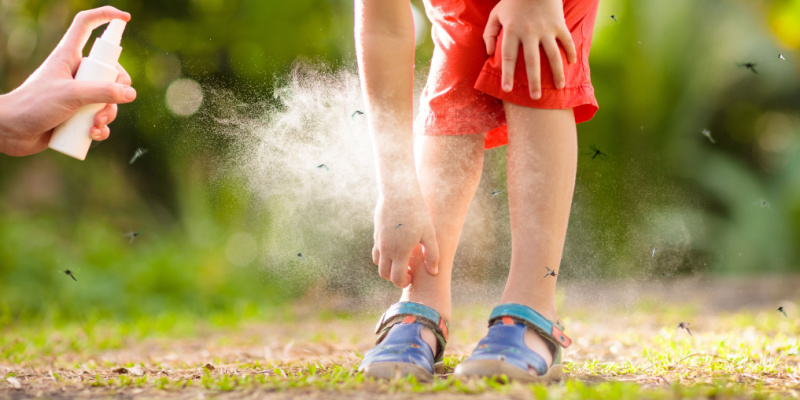Menasha, WI, can have beautiful summers but also faces the challenge of managing mosquito populations. These pests not only detract from the enjoyment of outdoor activities but also pose health risks due to their potential to carry diseases. It can seem like a lost cause to try and protect against mosquitoes – especially when the population is dense – but there are options available for reducing mosquito populations. Understanding the factors contributing to mosquito problems in Menasha is the first step toward finding effective solutions.
Why Mosquito Populations Thrive in Menasha
Several environmental and human factors contribute to the thriving mosquito populations in Menasha:
- Warm and Humid Climate: Mosquitoes are most active in warm temperatures, particularly above 50 degrees Fahrenheit, making Menasha’s summer an ideal breeding time.
- Standing Water: The presence of the Fox River, along with ponds, marshes, and even backyard collections of standing water, offers ample breeding sites for mosquitoes.
- Urban Development: Urban areas can create microclimates and additional breeding sites, such as storm drains and water-filled containers, contributing to mosquito proliferation.
Identifying Common Mosquito Species
Menasha residents might encounter various mosquito species, each with specific habitats and behaviors. Some of the most common include:
- Culex Mosquitoes: Often associated with bird baths, clogged gutters, and standing water in containers. These mosquitoes are vectors for the West Nile virus.
- Aedes Mosquitoes: Known for breeding in small, water-holding containers and are notorious for being daytime biters. They can transmit viruses like Zika and Chikungunya.
- Anopheles Mosquitoes: Prefer breeding in freshwater habitats and are known carriers of malaria.
Addressing Mosquito Problems Effectively
Combating mosquito problems in Menasha requires a combination of personal protection, property management, and community action.
1. Personal Protection
Use EPA-approved insect repellents when outdoors, especially during peak mosquito activity times, such as dawn and dusk. Wearing long-sleeved shirts and pants can also provide a barrier against bites.
2. Property Management
Regularly inspect your property for standing water and eliminate it. Consider integrating mosquito-repellent plants into your landscaping and maintaining a tidy yard to reduce resting spots for adult mosquitoes.
3. Community Action
Participate in community clean-up efforts to address larger breeding sites and advocate for local mosquito control programs. Sharing information and resources can amplify the impact of individual efforts.
Professional Mosquito Control Solutions
For persistent problems, professional mosquito control services offer targeted treatments that can significantly reduce mosquito populations:
- Barrier Treatments: Applied around the perimeter of your property, these treatments can kill adult mosquitoes on contact and offer continued protection.
- Larvicidal Treatments: Targeting water bodies where mosquitoes breed, these treatments prevent larvae from developing into biting adults.
- Integrated Pest Management (IPM): Professionals can implement an IPM approach, combining physical, biological, and chemical control methods to manage mosquito populations effectively.
Mosquito problems in Menasha, WI, are influenced by a variety of factors, but with informed strategies and collective efforts, they can be effectively managed. Whether through personal diligence in eliminating breeding sites, participating in community initiatives, or employing professional pest control services, residents can take steps to reduce mosquito populations and enhance their quality of life during the warmer months.



